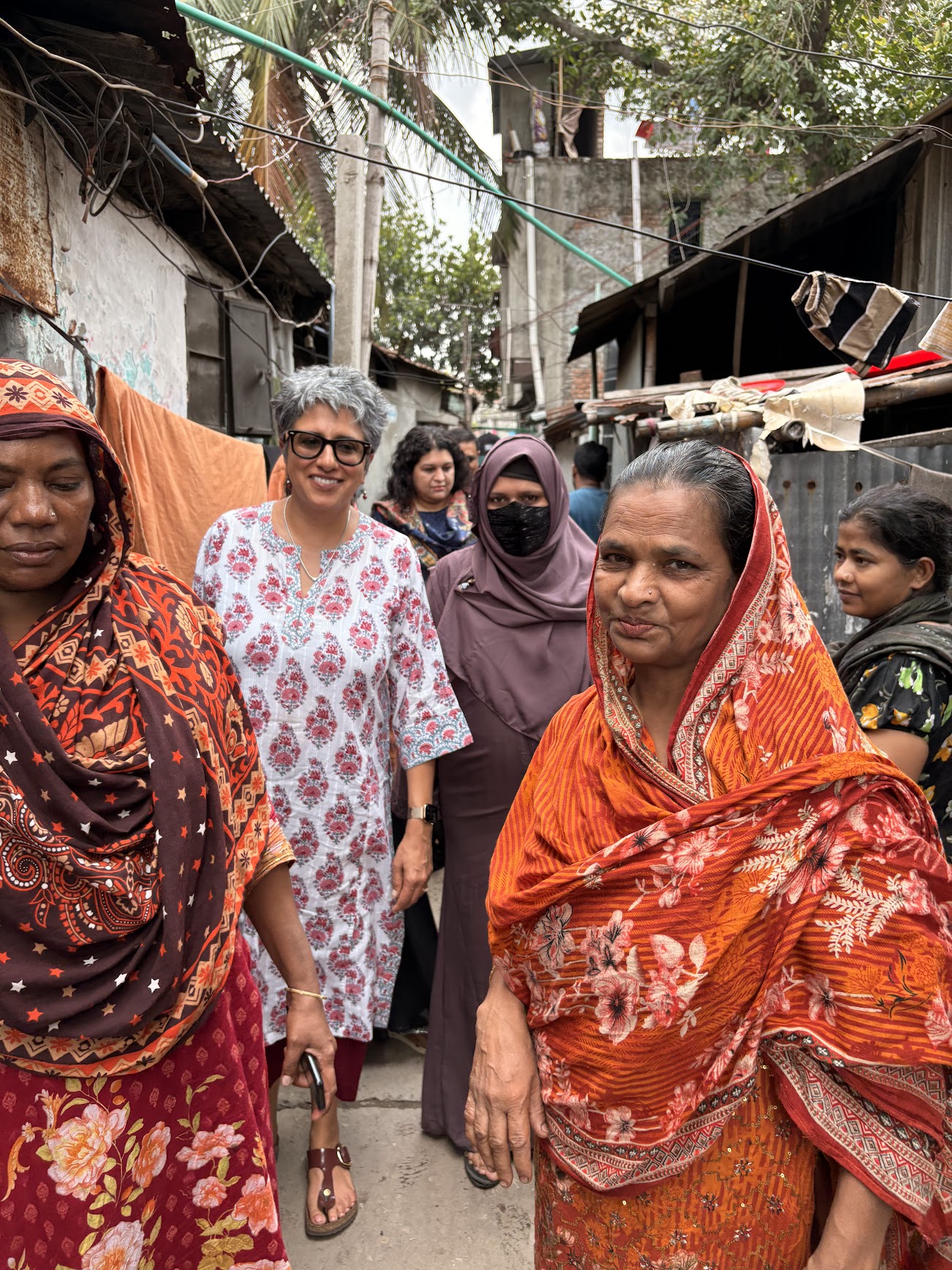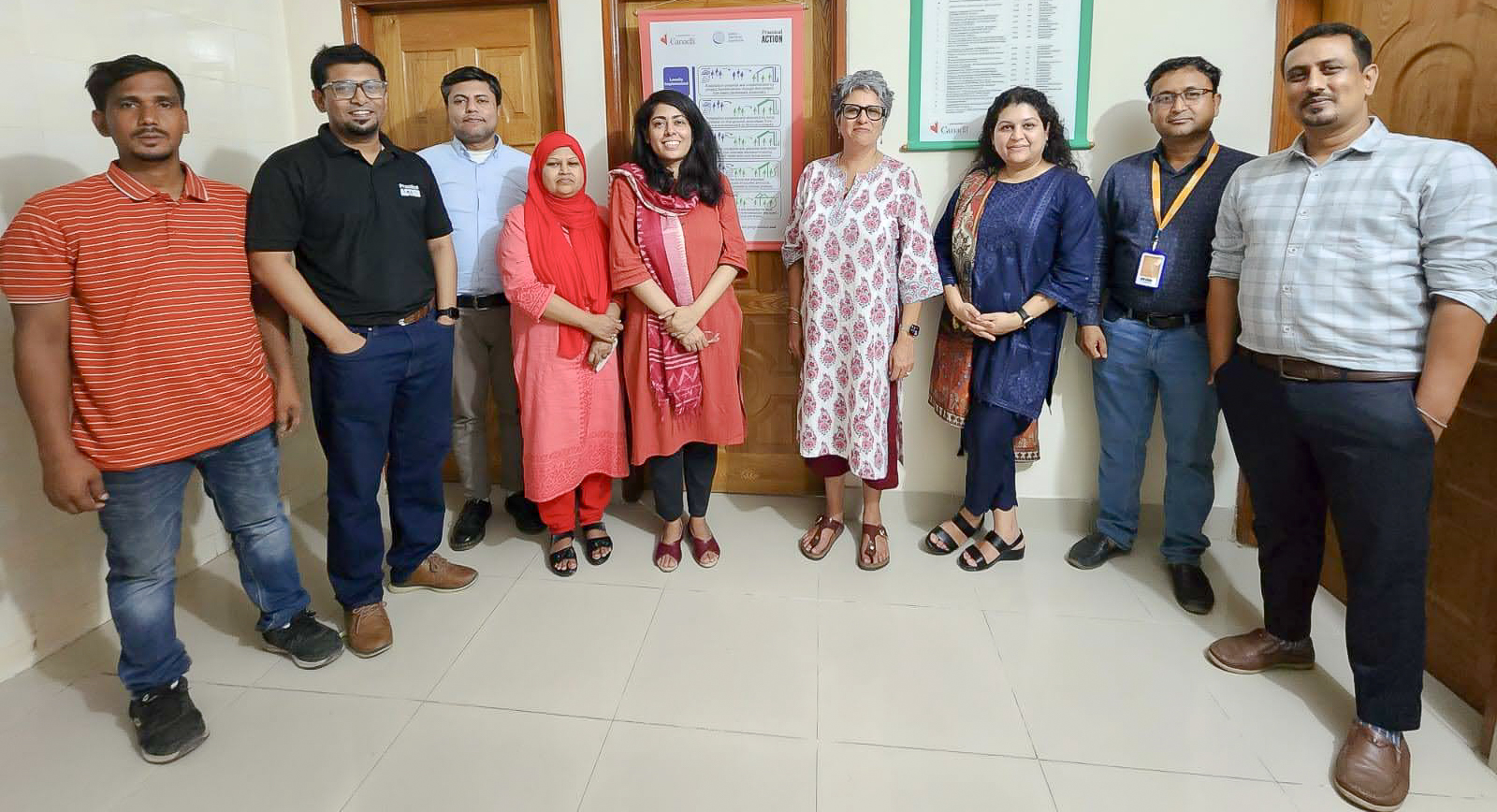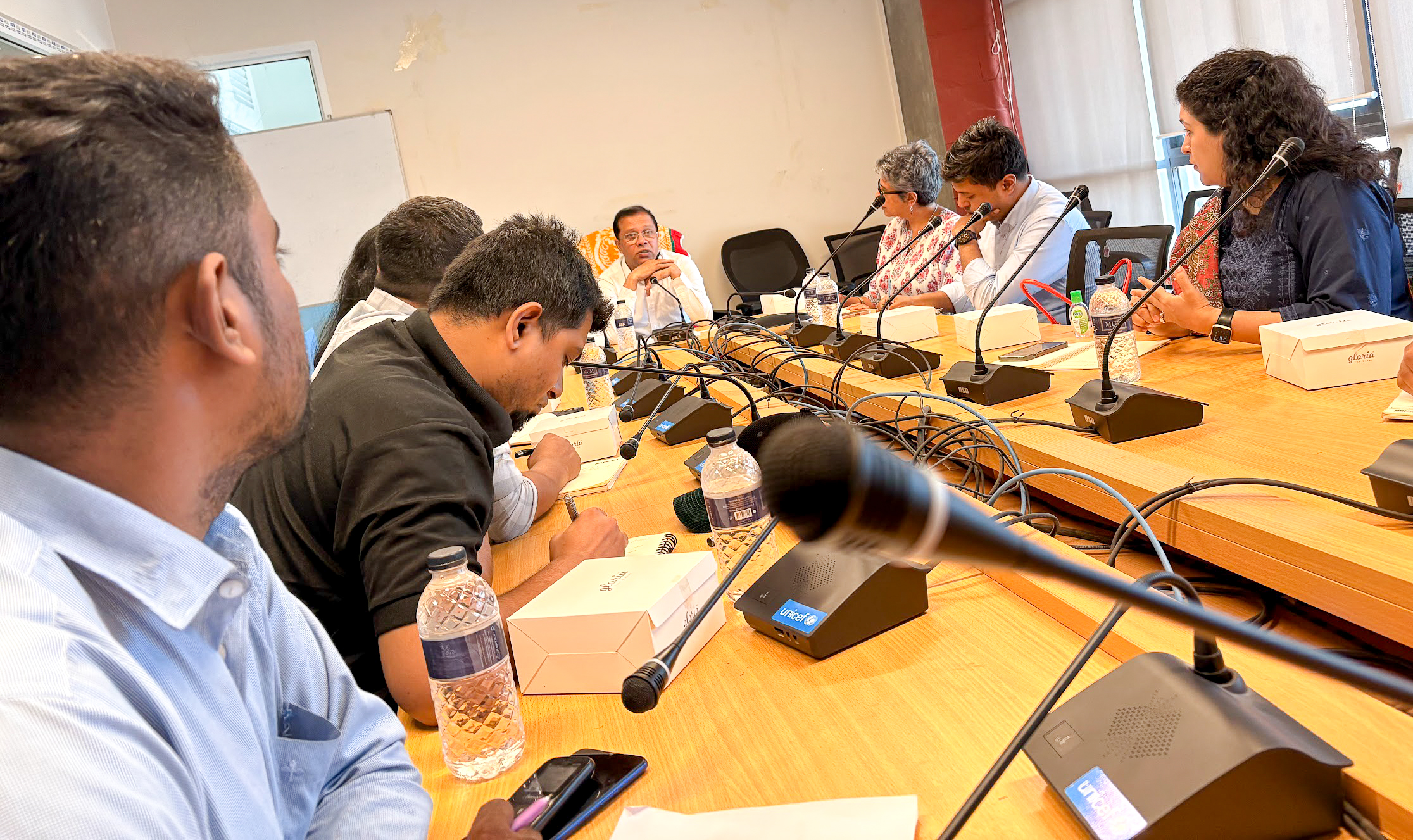
Photo credit: Practical Action in Bangladesh
Narayanganj, Bangladesh, 20 May 2025 — Like many cities in the developing world, Narayanganj, a rapidly industrializing city bordering Dhaka in Bangladesh, lacks a comprehensive, city-wide masterplan. Even where city masterplans exist in Bangladesh and in many other developing countries, they ignore informal settlements, which are often unregistered and unaccounted for in planning datasets, and more likely to be labelled as illegal or temporary and targeted for eviction rather than improvement. Local governments also lack the tools or incentives to engage with informal communities meaningfully.
This is set to change in Narayanganj, where the Global Center on Adaptation (GCA), with support from Global Affairs Canada, will facilitate the development of People’s Adaptation Plans to inform three masterplans—an Urban Action Plan, a Solid Waste Management Masterplan, and a Sewerage Masterplan—that will be developed under the Asian Development Bank’s US$ 155 million Narayanganj Green and Resilient Urban Development Project (NGRUDP).

Photo credit: Practical Action in Bangladesh
Just over half of Bangladesh’s urban population lived in slums in 2020. Despite being one of the country’s wealth-generating industrial hubs, the percentage living in Narayanganj’s 95 slum clusters is likely to be significant, as one in every five residents lives below the poverty line. Existing challenges in these informal settlements, such as the lack of public services and infrastructure, limited access to livelihoods, environmental degradation and high levels of pollution, are compounded by climate risks, rendering a vulnerable population even more vulnerable.
During heavy rains, our entire area becomes waterlogged for days. We can’t go to work, children can’t go to school, and we often fall sick from the dirty water. The drains are either blocked or broken, and people also throw waste carelessly, which makes things worse. We just want a safe and clean place to live.
GCA has partnered with Practical Action, who in collaboration with a local university, will facilitate data collection and GIS mapping by trained community members, followed by community-led planning, in the most climate-venerable informal settlements in the city. Women’s Adaptation Labs will provide an opportunity for the women from these settlements to develop locally appropriate, affordable, and gender-responsive adaptation solutions, in partnership with technical experts. The resulting People’s Adaptation Plans will inform the three masterplans, and investments under NGRUDP.

Photo credit: Practical Action in Bangladesh
During an inception visit on 20 May 2025, Anju Sharma, GCA’s Global Lead on Locally Led Adaptation, met with Mohammad Zakir Hussain, Chief Executive Officer of the Narayanganj City Corporation, who acknowledged the vital need to incorporate the priorities of climate vulnerable communities in urban planning processes. He expressed strong support for the initiative and committed to leading a Steering Committee comprising key stakeholders from the city to guide implementation and ensure institutional coordination.
The GCA team also met with residents of Adamjee Bihari Camp in Ward 6, who highlighted a range of escalating climate challenges, including:
Waterlogging caused by heavier monsoon downpours, poor drainage infrastructure, and the lack of adequate solid waste management facilities, leading to overflow of open drains and toilets and contamination of precious water sources; restricted access to already inadequate sanitation facilities; and increased risk of disease outbreaks.
Limited access to clean water, with reliance on tube wells despite evidence of groundwater and surface water contamination, largely from industrial chemical dumping.
Heat stress, which affects health and wellbeing, particularly of women and the elderly.
Depletion of groundwater due to overextraction, making water access increasingly precarious.
By elevating the knowledge of Narayanganj’s “informal” citizens through the People’s Adaptation Plans, and by including them in the masterplans, the city hopes to set a new benchmark for inclusive, climate-resilient urban planning in Bangladesh.

Photo credit: Practical Action in Bangladesh